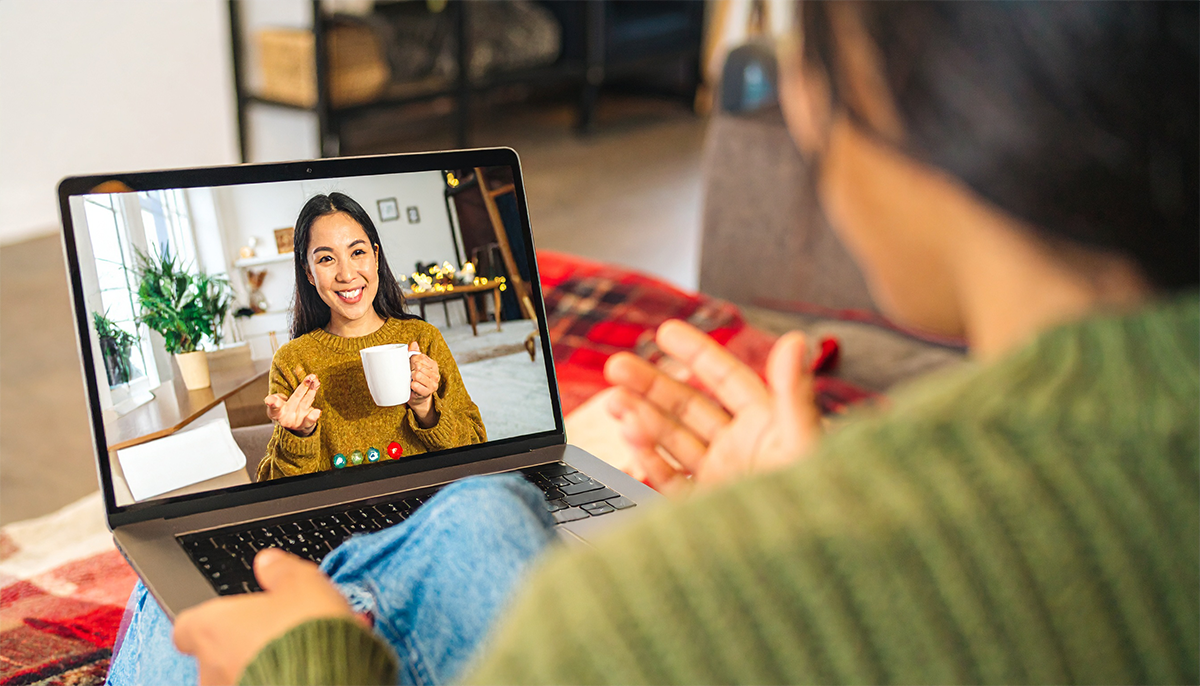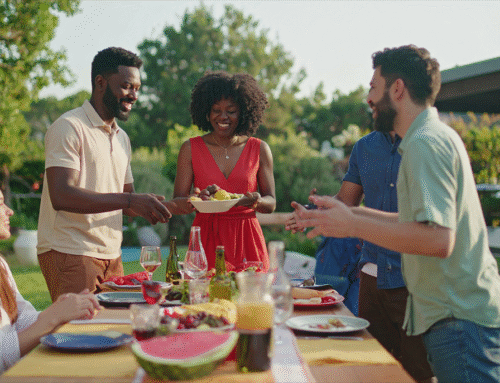6 Simple Strategies to Maintain Long-Distance Friendships
6 Simple Strategies to Maintain Long-Distance Friendships
Watching your best friend pack up their life and move across the country feels like losing a piece of yourself. Whether it’s a job relocation, family obligations, or life taking you in different directions, maintaining close friendships across distance requires more intention and creativity than most people realize. The friendship that once thrived on spontaneous coffee dates and regular hangouts now has to survive on scheduled video calls and carefully coordinated visits.
The reality is that many long-distance friendships fade not because people stop caring about each other, but because they don’t know how to maintain emotional intimacy across physical distance. Life gets busy, time zones complicate communication, and without the natural opportunities for casual interaction, even the strongest friendships can start feeling forced or one-sided.
But here’s what’s encouraging: technology has made maintaining long-distance friendships easier than ever before, and research shows that friendships based on strong emotional bonds can actually survive and thrive across distance when both people are committed to making the effort. The key is understanding that long-distance friendships require different maintenance strategies than local ones.
1. Establish Regular Communication Rhythms
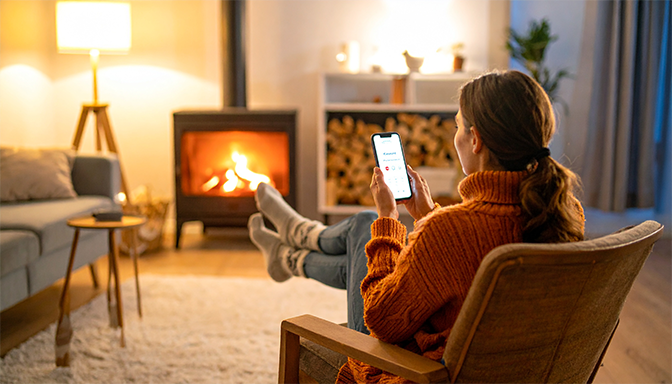
The biggest killer of long-distance friendships is irregular, sporadic communication that leaves both people feeling disconnected and uncertain about the relationship. Instead of relying on random check-ins when you happen to think of each other, create predictable communication patterns that both friends can count on and look forward to.
This doesn’t mean talking every day or having hours-long conversations, but it does mean establishing some kind of regular contact that works for both your schedules and communication styles. Maybe it’s a weekly video call, daily text exchanges, or monthly phone marathons – the key is consistency and mutual agreement on what feels sustainable.
Regular communication rhythms also prevent the anxiety that comes with long gaps in contact. When you know you’ll talk every Sunday evening or exchange daily voice messages, you don’t have to worry about whether your friend is upset with you or whether the friendship is fading. The predictable contact provides security and continuity that mimics the natural rhythm of local friendships.
Communication Rhythm Options:
- Weekly video calls at the same time each week
- Daily voice messages or texts sharing highlights from your day
- Monthly longer phone calls for deeper catch-up conversations
- Regular online activities like watching movies together or playing games
- Shared photo albums or social media groups for ongoing connection
- Scheduled “friend dates” where you both engage in the same activity while video chatting
Finding Your Communication Style
Different friendships thrive with different communication styles. Some friends prefer long, in-depth conversations once a week, while others like brief daily check-ins. Pay attention to what feels natural and energizing for both of you rather than forcing a communication style that doesn’t fit your personalities or schedules.
Be honest about your communication preferences and limitations. If you hate talking on the phone, suggest text-based alternatives. If video calls feel too formal, try voice messages while doing other activities.
2. Share Real-Time Experiences Virtually

One of the biggest challenges in long-distance friendships is missing out on the small, daily experiences that create intimacy and shared memories. You can’t grab spontaneous coffee or be physically present for each other’s important moments, but you can create virtual shared experiences that provide some of that same connection and fun.
Technology offers countless ways to spend time together despite physical distance. You can watch movies simultaneously while video chatting, play online games together, take virtual tours of museums, or even cook the same recipe while on video call. The goal is creating new shared experiences and memories rather than just catching up on what you’ve each been doing separately.
Real-time virtual experiences also provide natural conversation topics and inside jokes that help maintain the playful, intimate aspects of friendship. Instead of every conversation feeling like a formal update session, you’re actively creating new memories and experiences together.
Virtual Experience Ideas:
- Watch parties using apps like Netflix Party or Discord
- Online gaming sessions with multiplayer games
- Virtual museum tours or online classes taken together
- Cooking or baking the same recipe while video chatting
- Reading the same book and discussing chapters
- Taking online fitness classes or workout sessions together
Creating New Traditions
Develop new traditions that are specific to your long-distance friendship. Maybe you always watch the same TV show premiere together, have monthly virtual game nights, or send care packages on each other’s birthdays. These traditions give you both something special to look forward to and create continuity in your friendship.
The traditions don’t have to be elaborate or expensive – they just need to be meaningful to both of you and provide regular opportunities for connection and shared experience.
3. Make Visits Special and Intentional
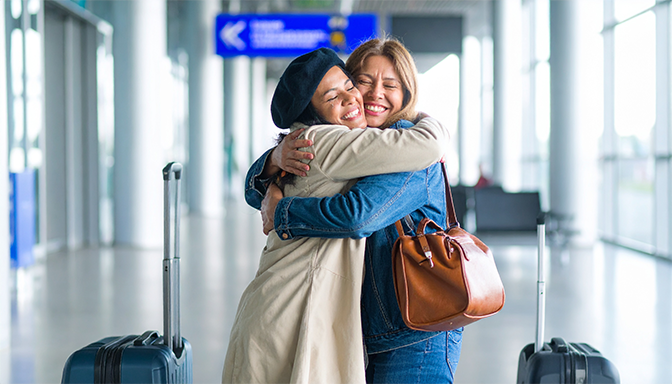
When you do have the opportunity to visit each other, make those visits count by being intentional about how you spend your time together. Resist the urge to pack every moment with activities or treat visits like tourist excursions. Instead, focus on quality time that allows for real connection and the kind of casual hanging out that you miss most about local friendships.
Plan a mix of special activities and normal life experiences. Yes, you want to do some fun things you can’t do virtually, but also make space for the mundane activities that create intimacy – cooking dinner together, running errands, or just lounging around talking. These everyday moments often end up being the most meaningful parts of visits.
Be realistic about visit expectations and communicate openly about what you both want from the time together. Some visits are better for adventure and exploration, while others are better for relaxation and deep conversation. Match the visit style to what you both need at that point in your lives.
Intentional Visit Planning:
- Balance special activities with casual hanging out time
- Include each other in normal daily routines and activities
- Plan visits that allow for both quality time and relaxation
- Discuss expectations and desires for the visit beforehand
- Take photos and create mementos to remember the visit
- Make plans for the next visit before the current one ends
Managing Visit Anxiety
It’s normal to feel some pressure around visits after long separations, especially if visits are rare and expensive. Don’t put pressure on every visit to be perfect or to catch up on everything you’ve missed. Focus on enjoying each other’s company and reconnecting, rather than trying to cram months of friendship into a few days.
Accept that you might need a day or two to feel comfortable with each other again after long separations, and that’s completely normal.
4. Stay Involved in Each Other’s Daily Lives
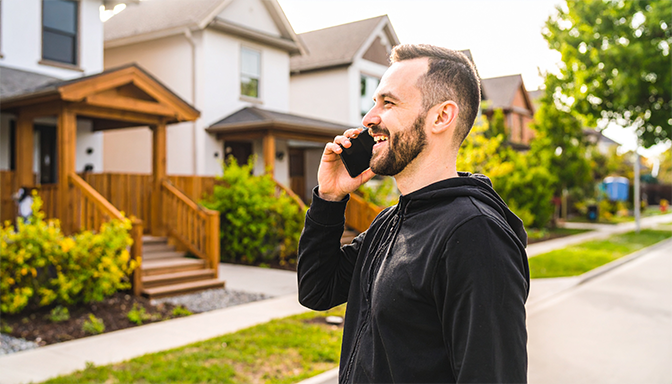
Long-distance friendships often fail when they become limited to major life updates and milestone events. While it’s important to share big news, the real intimacy in friendship comes from knowing the small details of each other’s daily lives – the coworker who’s driving them crazy, the new coffee shop they love, or the random thing that made them laugh.
Make an effort to share mundane details and ask about ordinary aspects of each other’s lives. Instead of just asking “How are you?” get specific about their work situation, living situation, dating life, family dynamics, or current obsessions. Show that you’re interested in them as a whole person, not just the highlight reel of major events.
Social media can be helpful for staying aware of daily life details, but don’t rely on it as your primary source of information about your friend’s life. Use it as a conversation starter rather than a replacement for direct communication.
Daily Life Sharing Strategies:
- Send photos of random moments throughout your day
- Share voice messages while commuting or doing routine activities
- Ask specific questions about work, living situation, and daily routines
- Remember and follow up on small things they’ve mentioned
- Share mundane struggles and victories, not just major milestones
- Use social media to stay aware but not replace direct communication
Building Emotional Intimacy
Emotional intimacy requires vulnerability and consistency in sharing both positive and negative experiences. Don’t just share when things are going well – also reach out when you’re struggling, stressed, or dealing with challenges. Real friendship involves supporting each other through difficult times, not just celebrating successes.
Be willing to share the messy, imperfect aspects of your life rather than only presenting a polished version of yourself.
5. Send Thoughtful Care Packages and Surprises
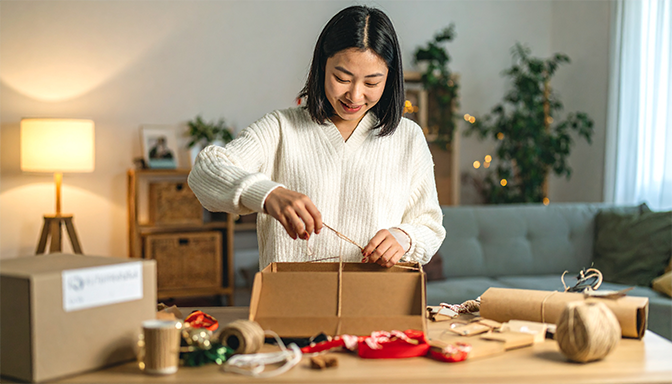
Physical gifts and surprises take on special meaning in long-distance friendships because they represent tangible reminders of your connection and care. You don’t need to spend a lot of money or send elaborate packages – the thought and effort matter more than the monetary value of what you send.
Care packages work best when they’re personalized to your friend’s current interests, needs, or challenges rather than generic gift items. Pay attention to things they mention wanting, needing, or struggling with, and send items that show you’ve been listening and thinking about their specific situation.
The surprise element is often more meaningful than the contents themselves. Receiving an unexpected package from a distant friend provides a boost of connection and love that can brighten someone’s entire week.
Thoughtful Care Package Ideas:
- Local specialty foods or treats from your area
- Books, magazines, or small items related to their current interests
- Comfort items for when they’re stressed or going through difficult times
- Photos, letters, or handmade items that can’t be digitally shared
- Practical items they’ve mentioned needing or wanting
- Seasonal items or decorations for holidays and special occasions
Making Distance Feel Smaller
The goal of physical surprises is to make the distance feel smaller by creating tangible reminders of your friendship. Include handwritten notes explaining why you chose each item or sharing memories and inside jokes. The personal touch transforms a simple package into a meaningful expression of your friendship.
Consider sending postcards or letters regularly – there’s something special about handwritten communication that emails and texts can’t replicate.
6. Accept That the Friendship Will Change

One of the most difficult aspects of maintaining long-distance friendships is accepting that the relationship will inevitably change form, even if the emotional connection remains strong. You can’t replicate the exact same friendship dynamic you had when you lived in the same place, and trying to do so often leads to frustration and disappointment.
Instead of mourning what the friendship used to be, focus on appreciating what it is now and what it can become. Long-distance friendships often develop different strengths – deeper communication skills, more intentional connection, and appreciation for the time you do spend together. Some aspects of the friendship might actually improve when you’re forced to be more deliberate about communication.
Be honest about the challenges and limitations of distance while also celebrating the ways your friendship adapts and grows. Not every local friendship would survive the transition to long-distance, so if yours does, that’s evidence of a particularly strong and valuable connection.
Adaptation Strategies:
- Acknowledge that some aspects of the friendship will be different
- Focus on the strengths of your long-distance dynamic
- Be patient with the adjustment period as you both adapt
- Communicate openly about challenges and frustrations
- Celebrate the friendship’s resilience and evolution
- Stay open to new ways of connecting and supporting each other
Managing Expectations
Set realistic expectations about how often you’ll communicate, how visits will work, and what role the friendship will play in your daily life. Long-distance friendships often require different emotional investment patterns than local ones – they might be less constant but more intense during your actual interactions.
Don’t compare your long-distance friendship to local friendships or to what your relationship used to be. Focus on what works now and what feels sustainable for both of you.
Conclusion: Distance Doesn’t Have to Mean Disconnection
Maintaining meaningful long-distance friendships requires more effort and creativity than local ones, but it’s absolutely possible when both people are committed to adapting their connection style. The key is embracing new ways of sharing experiences and staying involved in each other’s lives while accepting that the friendship will look different than it did when you lived nearby.
Your Long-Distance Friendship Success Plan
- Establish communication rhythms that work for both schedules and styles
- Create virtual shared experiences and new traditions
- Make visits intentional and meaningful without putting pressure on perfection
- Stay involved in daily life details, not just major milestones
- Send thoughtful surprises that show you’re thinking of each other
- Accept and appreciate how your friendship evolves with distance
Remember: The friends who make the effort to maintain connection across distance are often the ones worth keeping for life. Don’t let physical distance prevent you from nurturing relationships that bring joy, support, and meaning to your life.
Affiliate Disclaimer: Some links in this article may be affiliate links where a purchase would provide us with a commission. We only recommend products and services we truly believe can help you on your personal growth journey.
Advice Disclaimer: This advice is for informational and entertainment purposes only and not a substitute for professional counseling, therapy, financial, legal, or medical advice. You are responsible for your own decisions and actions. For serious issues, please consult qualified professionals.

